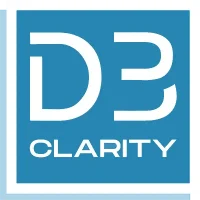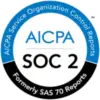Financial
DESCRIPTION:
The Financial domain within master data management covers the systematic organization, control, and governance of core financial data, metrics, and relevant metadata of an organization. It encompasses the critical financial entities and transactions that influence an organization’s fiscal health and performance. In the context of MDM, managing the Financial domain ensures that financial data is consistent, accurate, and reliable, thereby driving strategic decision-making and compliance efforts.
TYPES:
- General Ledger Data: Central repository for tracking all financial transactions.
- Accounts Payable/Receivable: Information on monies owed by the company and to the company.
- Asset Management: Data on company assets, their valuation, depreciation, etc.
- Budgeting and Forecasting: Data related to future financial planning.
- Financial Reporting: Data integrated into standard financial reports.
COMMON ATTRIBUTES:
- Transaction ID: Unique identifier for each financial transaction.
- Account Number: Identifies specific accounts within general ledger or other subsystems.
- Transaction Date: When a transaction was recorded.
- Amount: Monetary value associated with the transaction.
- Currency: Type of currency used in the transaction.
- Description: Details about the transaction or financial entity.
- Category/Type: Categorization of the financial entry (e.g., revenue, expense).
BENEFITS:
- Enhanced Decision Making: Reliable financial data supports better strategic and tactical decisions.
- Compliance & Reporting: Facilitates adherence to financial regulations and eases the reporting process.
- Operational Efficiency: Streamlined financial processes reduce redundancies and errors.
- Risk Management: Accurate financial data helps in identifying and mitigating fiscal risks.
CHALLENGES & CONSIDERATIONS:
- Data Accuracy: Financial data errors can have severe repercussions, necessitating high accuracy levels.
- Integration: Financial systems often need to interface with other organizational systems, posing integration challenges.
- Data Security: Financial data is sensitive and demands robust security and access control measures.
- Regulatory Evolution: The changing landscape of financial regulations requires constant adaptation.
COMMON DEPENDENCIES:
- Procurement Systems: For tracking expenses and liabilities.
- Sales Systems: Relating to revenue and accounts receivable.
- HR Systems: For payroll and employee benefits data.
- Asset Management Systems: For asset valuation and depreciation tracking.
The Financial domain in MDM is pivotal for any organization aiming to achieve fiscal transparency, regulatory compliance, and sound decision-making. By centralizing and standardizing financial data, companies can better anticipate financial trends, address risks, and harness opportunities. Given the high stakes associated with financial data, rigorous data governance and a commitment to accuracy are non-negotiable.












